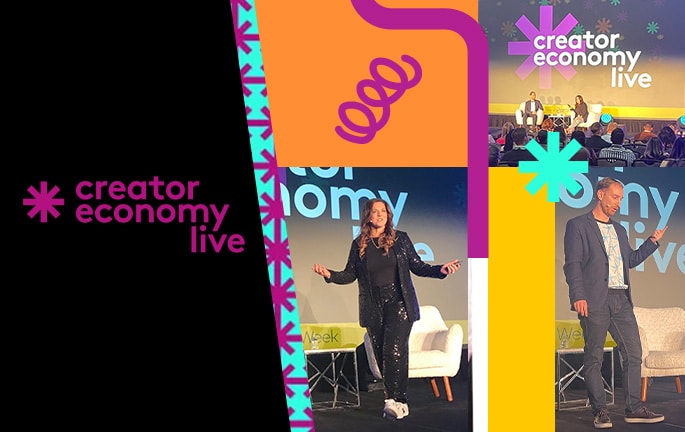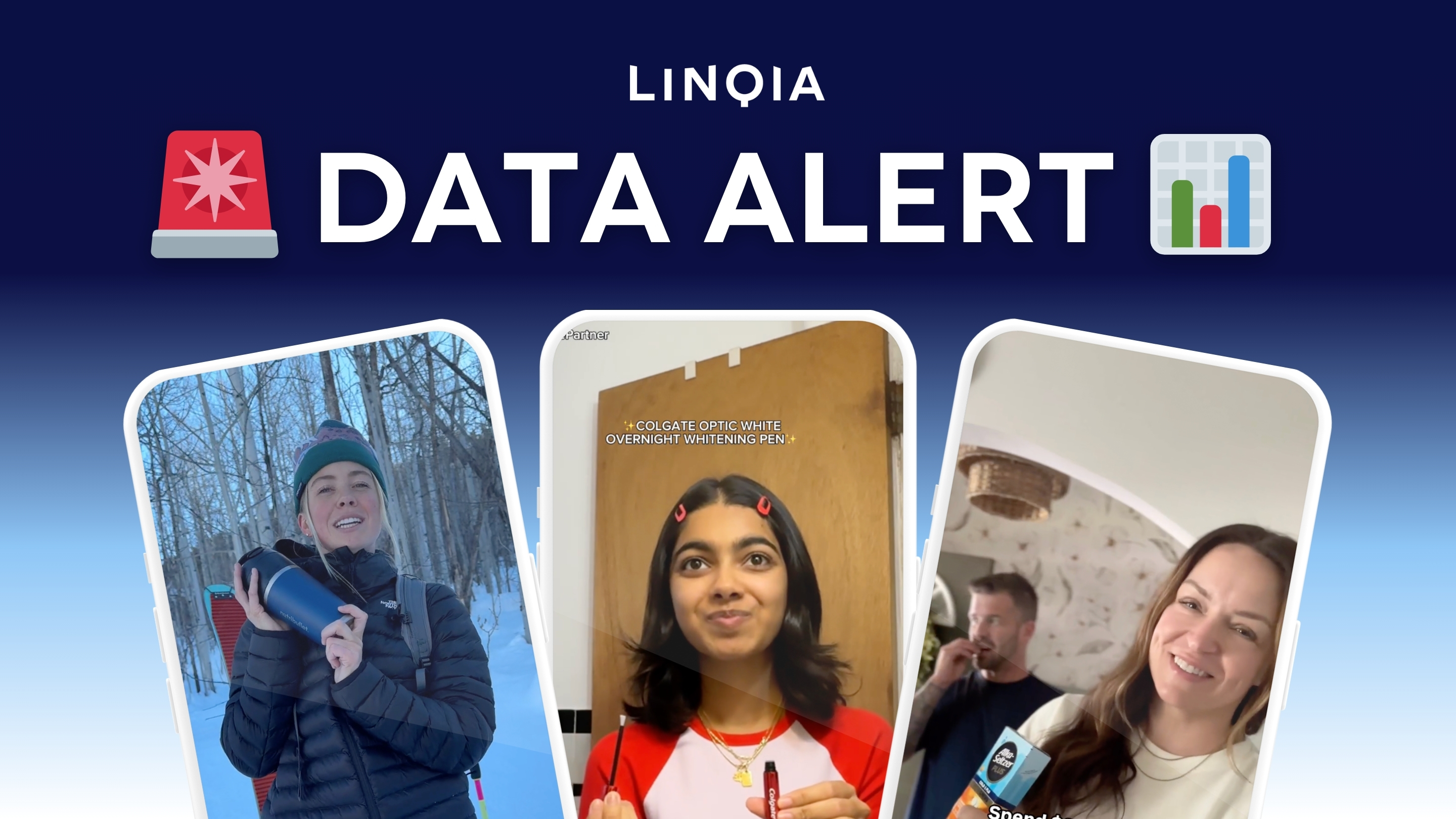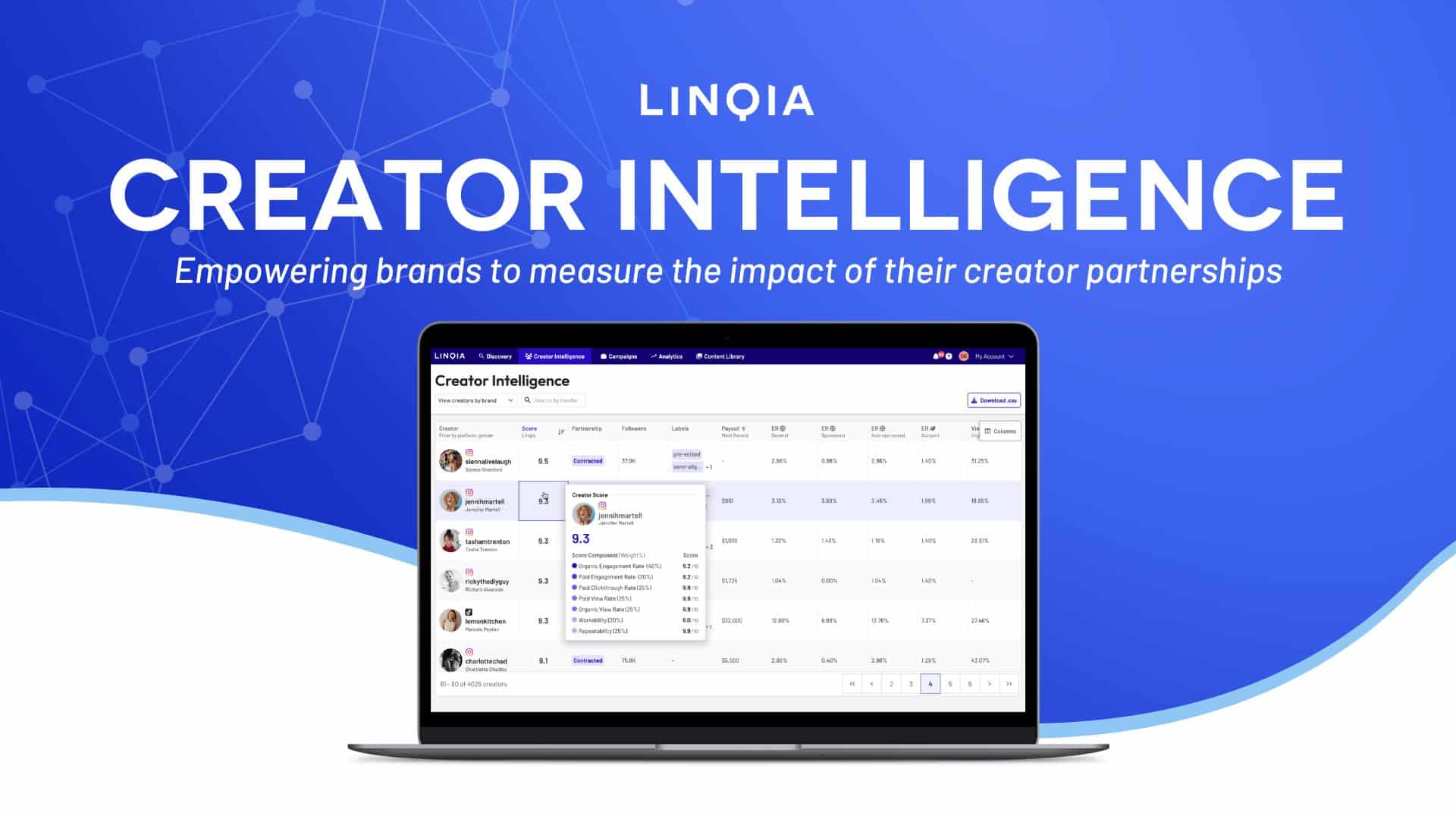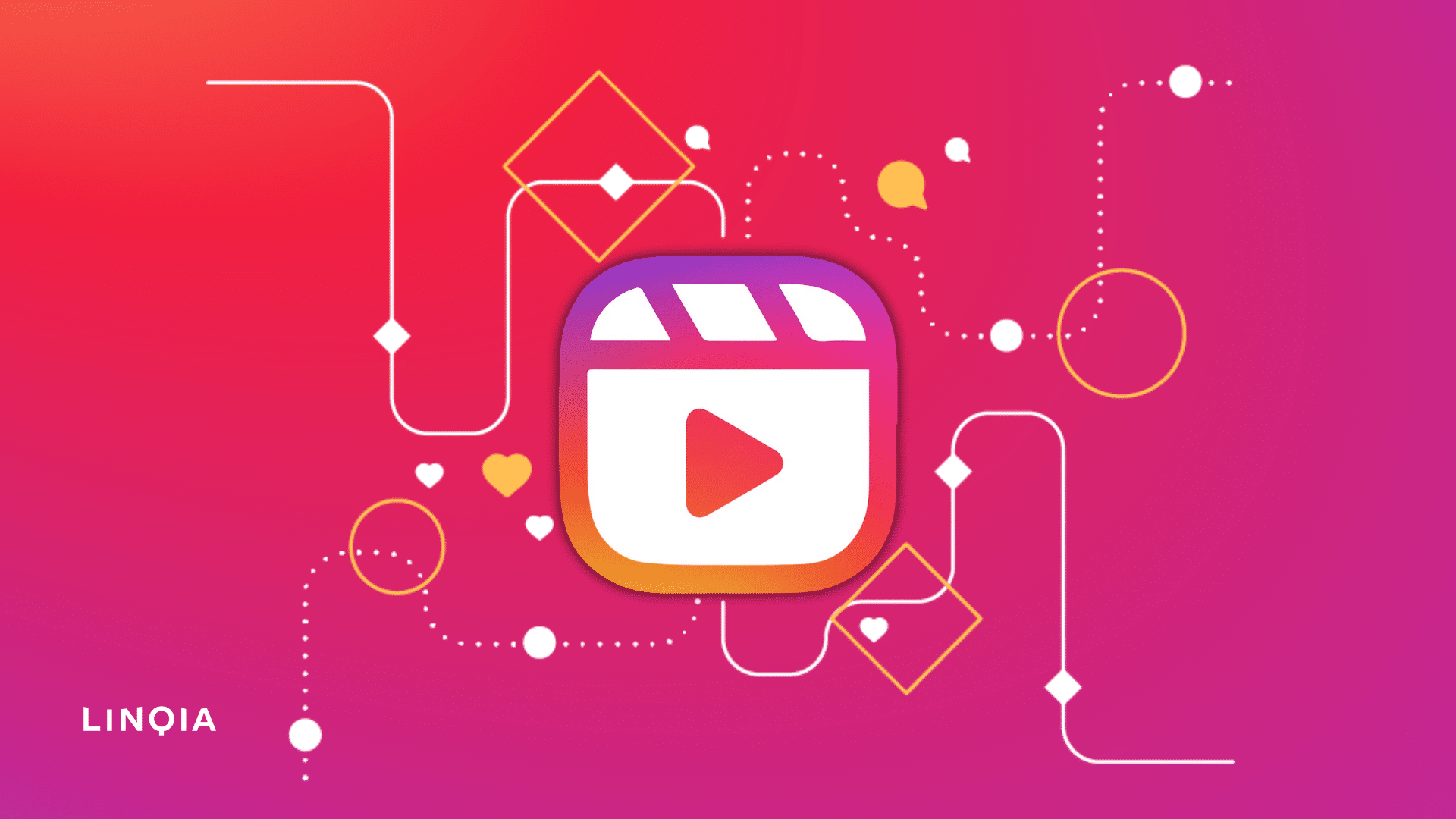Las Vegas was bustling for the inaugural Creator Economy Live conference, with a powerhouse lineup of brand marketers speaking on key topics the industry is hungry to drive further education.
The 24 hour event had many learnings and insights, and while we will dive into the top 10 here, before we start the list it’s worth commenting on one of the biggest themes uncovered for brands investing in influencer marketing… the segmenting of holistic influencer strategies across several key buckets.
- Affiliates: With a slumping economy, brands are facing increasing pressure to show lower funnel returns. Many are prioritizing an affiliate strategy that provides creators affiliate links that compensate a percentage of their sales back to the influencer. It’s low risk for brands because it pays for performance, and it gives influencers a stake in the action.
- Ambassadors: Brands are establishing deeper relationships with influencers, usually in the macro or mega category in the case of ambassadors. These relationships often include frequent social media posting, but also can go deeper and involve product innovation, broader content capture, advisory services on marketing and creative strategy, and more.
- Large brand campaigns: These are your tentpole activations that often have broader media and PR support. Brands need scale both in the influencers they work with and the results they deliver.
It’s becoming clear that influencer marketing budgets are gaining a much larger slice of the marketing pie, and the sophistication in how that budget is segmented and measured is critical.
Now let’s get back to the top 10 learnings from the CEL conference.
10. The importance of social listening
Nicole Weltman from Taco Bell did a great job talking about how Taco Bell listens to their consumers across social channels and uses that intelligence to fuel their creative and influencer strategy. This is incredibly important for any brand as content that wins on social solves real consumer pain points, and is rooted in strong human truths. It’s no longer about the best idea, it’s about responding to what your fans want and need from you as a brand.
9. Design your content for engagement
Most brands value engagement as either #1 or #2 as their primary influencer KPI’s. But not enough make engagement a core strategy of their creative ideas and influencer briefs. Denise Vitola from Bayer spoke about how the Teach Me How to Gummy campaign was designed as a dance challenge, and Nicole Weltman spoke about how Doja Cat content was developed with duets in mind. Fan engagement was the crux of the idea, and the resulting virality was because of that intentionality.
8. Capture new audiences
Brands are primarily working with influencers because of their content creation abilities and reach, but what about their ability to connect with audience segments and cultures that a brand would never be able to speak to authentically themselves. Reza Mousavi gave a great example of content he pitched that would revolve around him playing a Persian dad. As a Persian creator it’s a narrative he can authentically communicate and an audience he can effectively reach that would be largely untapped for the brand. By enabling influencers of different cultures and communities to create content very tailored to that audience, it expands how the brand is perceived beyond the primary profile that many brands and agencies develop in their persona decks.
7. Evangelize your employees
Social listening tools are valuable, but if you can get employees to be your eyes and ears it throws valuable fuel on the fire. Employees can identify white space opportunities, competitive activity, great potential influencer partners, and be a source of content creation themselves. Too often content and insights fall on the social media team, but you have an army of people that can provide valuable assistance.
6. Choose the right partners and instill the right mindset
One of the major themes of CEL was How brands are executing their influencer strategies in terms of partnership structure. Some execute in house, some have a multi tier approach where they execute certain elements in house and other elements via partners, and some do everything with partners. Many of those partners spoke and attended the conference, with a key theme being the importance of instilling a true partnership approach, that focused on delivering measurable results while testing new opportunities with realistic performance expectations. Similar to any sport, the players you put on that field are the greatest determinant of success, regardless of the plays being called by the coach.
5. Resident creators are becoming common place
Brands are rolling out different playbooks when it comes to resident creators, some opting to have the creators be an integrated part of the marketing team creating content for owned channels, other utilizing them as always on ambassadors. One thing is consistent, the creators are right in the bullseye of the brands target demographic, and letting those creators develop content they way they know best (non overly brand produced) delivers optimal results.
4. Integrate commerce for seamless conversion
It was clear at CEL that influencers are primarily an upper and mid funnel tactic as they are best at driving awareness and shaping brand perception. But they also provide an ideal path to lower funnel shopping behaviors, and the right integrations need to be in place to enable those purchases to take place. Most DTC brands are using platform tools like Instagram Checkout, others are leveraging carting solutions to drive sales to third party retailers, and brands who don’t sell physical products are making sure they have a way to track other actions like app downloads or registrations. One key thing to keep in mind is that influencers are often not a last-click tactic, but one of the most important steps in the consumer journey to shape a consumer’s perception and drive demand for your product or service when the purchase eventually takes place.
3. Importance of Media
One of the biggest themes at CEL was the importance of a sound influencer media strategy. Influencer media is different from regular media in that it typically comes from a human handle (the influencers), and is designed to fit a more casual, storytelling thematic. There is a big difference between boosting an influencers post, and optimizing it for a media setting and brands need to focus on the latter. Influencer media executed correctly has proven over and over to outperform brand produced content, and very few marketers are executing influencer campaigns without a percentage of that spend (sometimes a very large percentage) going toward media.
2. Content extensions
Brands are becoming very adept at using influencer content on their owned and paid social channels, but a select few are savvy enough to optimize that content for other digital channels and media buys including programmatic display, OLV, DOOH and even CTV. Linqia presented on how we are stitching influencer content in post production and leveraging that content for these extensions with powerful results. The age of influencers being a social media construct is over, their content is permeating everywhere.
1. Focus measurement on holistic impact
Linqia spoke about how measurement is not about a singular coefficient but a comprehensive view of total business impact across 1) Social conversation, 2) Media effectiveness, 3) Content efficiency, 4) North Star KPI lift, and 5) Learnings and insights. Influencer marketing has long graduated from testing budgets to scaled investment and that requires an apples to apples comparison with other marketing investments through MTA and MMM tracking. This is about proving value in the boardroom and that requires an added level of sophistication in tracking.




